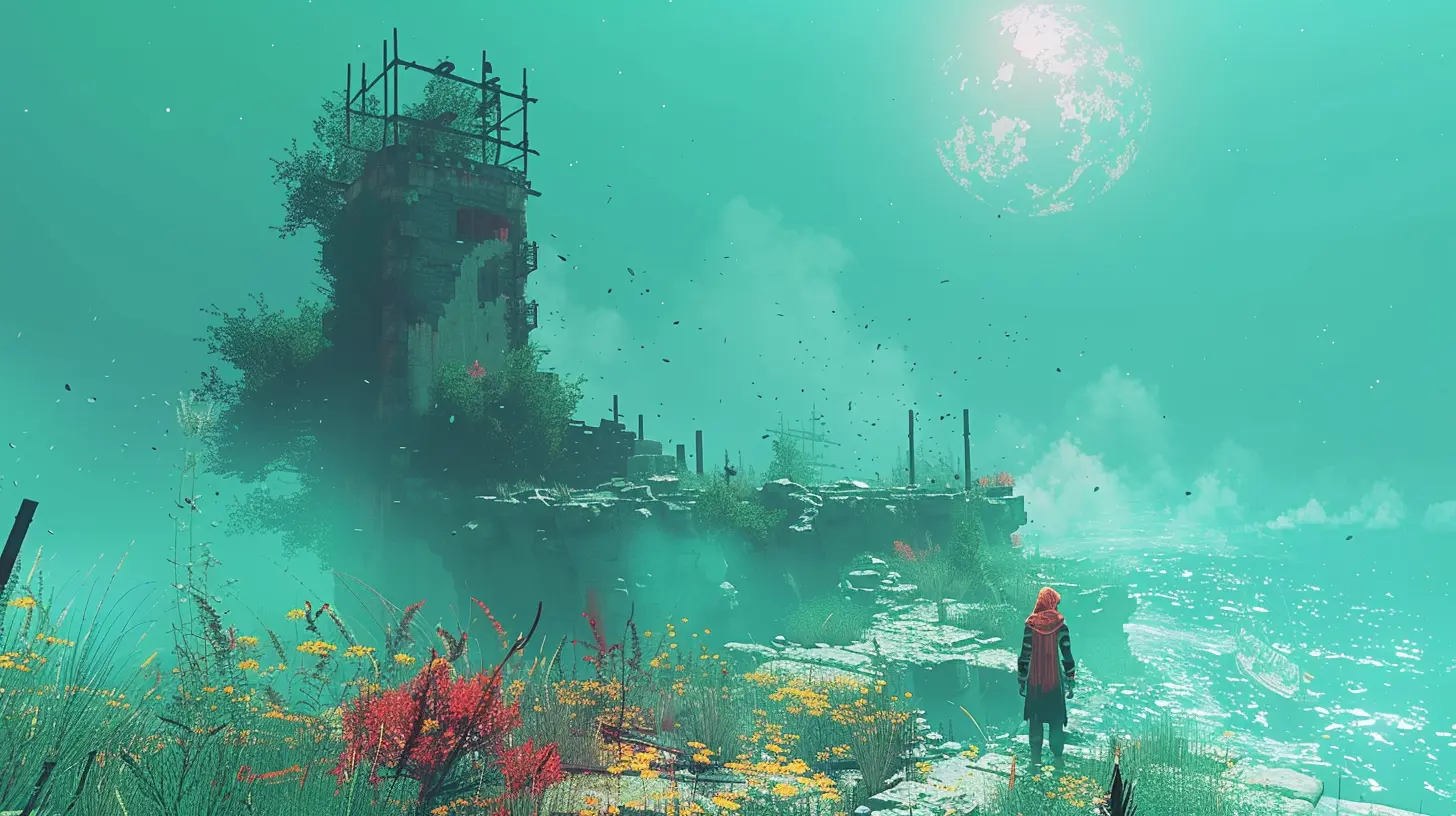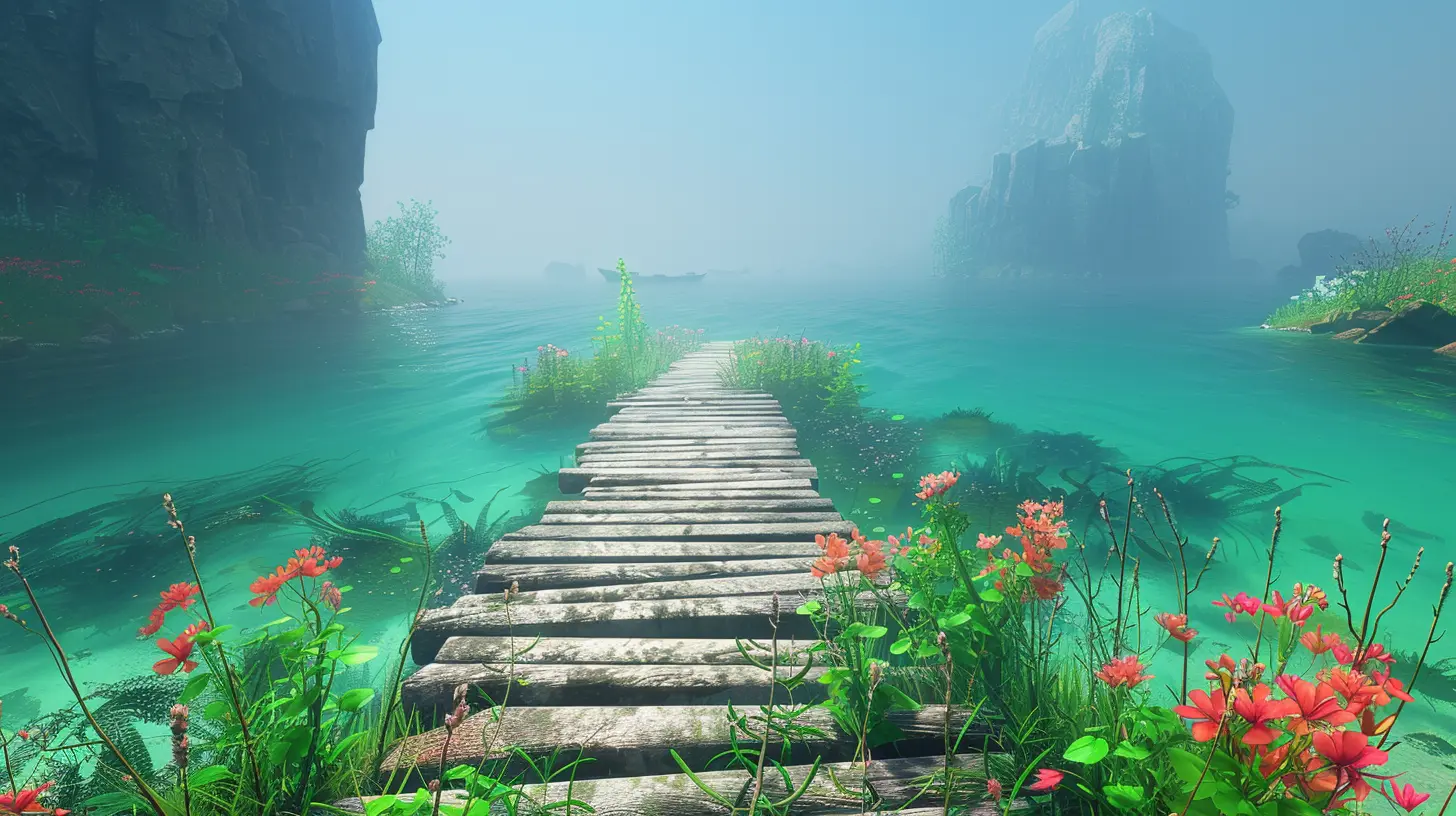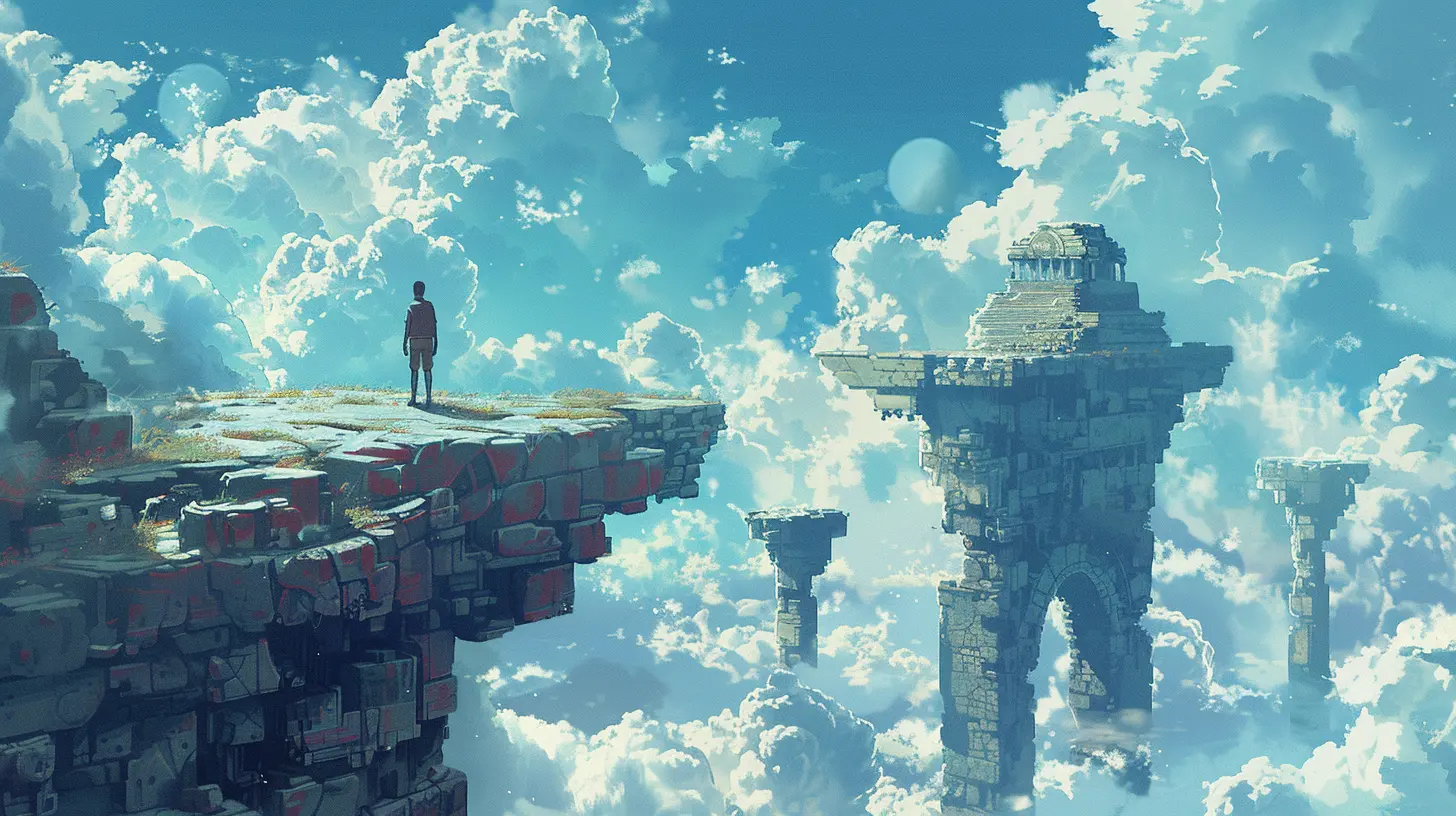Exploring the Most Creative Mechanics in Indie Games
23 November 2025
Ah, indie games. The quirky, lovable underdogs of the gaming industry that constantly remind us why we fell in love with gaming in the first place. No corporate boardroom meetings debating the ROI of a protagonist’s hat color—just pure, unfiltered creativity packed into pixelated masterpieces. Indie games have a knack for flipping the script and introducing mechanics so unique, they leave your jaw on the floor and your thumbs glued to the controller.
So, grab a cup of whatever caffeinated concoction fuels your gaming marathons because we’re diving deep into the wonderfully weird and wildly creative mechanics of indie games. Spoiler alert: it’s gonna get funky.
Why Are Indie Game Mechanics So... Bonkers?
Before we start talking about talking swords and time-rewinding cats, let’s address the elephant in the room: Why do indie developers come up with such outlandish ideas in the first place?Simple. These devs don’t have to answer to big publishers breathing down their necks. They’re like that one artsy kid in high school who wore mismatched socks and made papier-mâché sculptures out of old pizza boxes: weird, ingenious, and completely unbothered by societal norms. This creative freedom allows them to experiment, take risks, and create mechanics no one else has dared to try.
Whether it’s bending time, breaking the fourth wall, or turning the rules of gravity into a suggestion rather than a law, indie games never fail to amaze. Now, let’s get to the good stuff.
1. Time-Out: Playing With Time in Braid
Okay, picture this: You’re playing a puzzle platformer, but instead of your typical jump-and-run routine, you get to control time. Sounds like a cheat code, right? Nope, it’s just another Tuesday in the world of Braid.In Braid, you can rewind your mistakes like you’re editing an embarrassing Instagram story. Missed a jump? Rewind. Got zapped by a fireball? Rewind. Accidentally walked into a boss fight with the confidence of someone who’s only fought slimes? Rewind.
The game doesn’t just use this mechanic for fun; it weaves time manipulation into its deeply emotional narrative. It’s like Christopher Nolan’s Inception had a baby with your classic Mario platformer. You’re not just playing a game—you’re solving puzzles while existentially questioning the fabric of time. Casual.
2. "What If the Gun Talks Back?" - Enter: Transistor
You know how in most games, your weapon is just... a weapon? Not in Transistor. Here, your sword has a personality. Yep, the Transistor itself talks.Think Siri, but instead of bad directions to the nearest pizza joint, it’s guiding you through a cyberpunk dystopia. The sword doesn’t just cut things in half; it helps you unravel the story, strategize in combat, and occasionally hits you right in the feels with its narrative commentary.
This mechanic makes you see your weapon as a character in its own right rather than just an extension of your murdery ambitions. Honestly, I’d talk about this game for hours, but then my keyboard might revolt like the Transistor itself.
3. Oxygen? I Hardly Know Her - Outer Wilds
Imagine being trapped in a time loop where every 22 minutes, the sun explodes, taking out you and the entire solar system. Sounds stressful, right? Welcome to Outer Wilds, where existential dread is just part of the fun.The core mechanic here? Exploration and curiosity drive everything. You’re not given a list of quests or a glowing arrow pointing the way. Instead, you’re tossed into a handcrafted universe and told, “Good luck! Oh, and you’ve got 22 minutes before we hit the cosmic reset button. No pressure.”
The cherry on top? Your discoveries carry over between loops, making progress feel organic. It’s like Groundhog Day meets No Man’s Sky, except you’re far more likely to blow yourself up in a spaceship accident.
4. "You Are the Monster" - Carrion
Ever wanted to star in your own horror game, but instead of running away screaming, you are the thing people are running away from? Enter Carrion.Here, you play as a formless, spaghetti-monster-slash-flesh-beast escaping a lab. Instead of tools or weapons, you use your own body to attack enemies and solve puzzles. The vibe? Think less "hero saves the day" and more "what if a plate of lasagna grew sentience and a thirst for vengeance?"
The mechanic flips the script on traditional horror gaming, putting you in the (slimy) shoes of the monster. It’s chaotic, it’s gross, and it’s an absolute blast. Seriously, who knew playing an amorphous blob could be so satisfying?
5. Paint the World in The Unfinished Swan
How do you create a game world as mysterious as it is beautiful? Start with a blank, white canvas and hand the player a paintbrush—or, in this case, paintballs.In The Unfinished Swan, you reveal the world by splattering paint everywhere. The black ink outlines pathways, obstacles, and objects hidden in the blinding whiteness. It’s part painting simulator, part puzzle-solving adventure, and entirely unforgettable.
The whole experience feels like you’re stumbling into a dream and painting your way out of it. Or, to put it another way, it’s like playing hide-and-seek with reality using a paintball gun. Picasso would be proud.
6. When Gravity Doesn't Care - Gravity Rush
Gravity? Overrated. At least, that’s what Gravity Rush seems to think.In this game, you can manipulate gravity to walk on walls, float through the sky, and make Isaac Newton roll in his grave.
The protagonist, Kat, has the power to shift gravity in any direction, creating gameplay that’s as disorienting as it is thrilling. It’s like being on a rollercoaster, except you’re in control and occasionally smashing into buildings because you forgot how gravity works.
Oh, and the visuals? Stunning. It’s like Studio Ghibli decided to make a game and then said, “Let’s throw physics out the window for fun.”
7. A Typing Test Gone Rogue - Typing of the Dead
Remember those boring typing classes in school? Now imagine them with zombies and chainsaws. That’s Typing of the Dead in a nutshell.Instead of blasting zombies with shotguns, you defeat them by typing words and phrases as fast as possible. It turns out, nothing improves your WPM (words per minute) like the looming threat of becoming zombie chow.
The ridiculousness of the concept is what makes it so fun. It’s like someone said, “Can we make typing exciting?” and then just went bananas with it. Spoiler: They succeeded.
8. Emotion as a Weapon - Undertale
Pacifist run? Check. Fighting enemies by complimenting them until they leave? Double-check. Welcome to Undertale, where combat isn’t just about swinging a sword—it’s about feelings.In this indie darling, you can choose to fight, flee, or chat your way out of encounters. Want to flirt with a skeleton or console a crying ghost? Go for it. The game reacts to your every choice, making morality a central part of the gameplay.
It’s like a dating sim got mashed together with a traditional RPG, and somehow it works beautifully. Plus, the humor and characters? Pure gold.
Why Creative Mechanics Matter
So, why do these zany, outside-the-box mechanics resonate with us? Because they remind us that games aren’t just about explosions and kill streaks—they’re about imagination, storytelling, and bending reality in ways we never thought possible.Indie games take risks that big-budget titles rarely can, and when those risks pay off, they remind us why gaming is the ultimate medium for creative expression. These mechanics stick with us, not just because they’re clever, but because they make us feel something—whether it’s awe, wonder, or just sheer joy.
Final Thoughts
Indie games are the funky cousins of the gaming world, and their creative mechanics are a big reason why. They take risks, break rules, and remind us that sometimes, the most memorable gaming experiences come from the weirdest ideas.So, next time you’re browsing Steam or your favorite game store, give an indie title a shot. You might just find yourself flinging paintballs at a wall, befriending a skeleton, or questioning the very nature of time—and isn’t that what gaming’s all about?
all images in this post were generated using AI tools
Category:
Indie GamesAuthor:

Luke Baker

